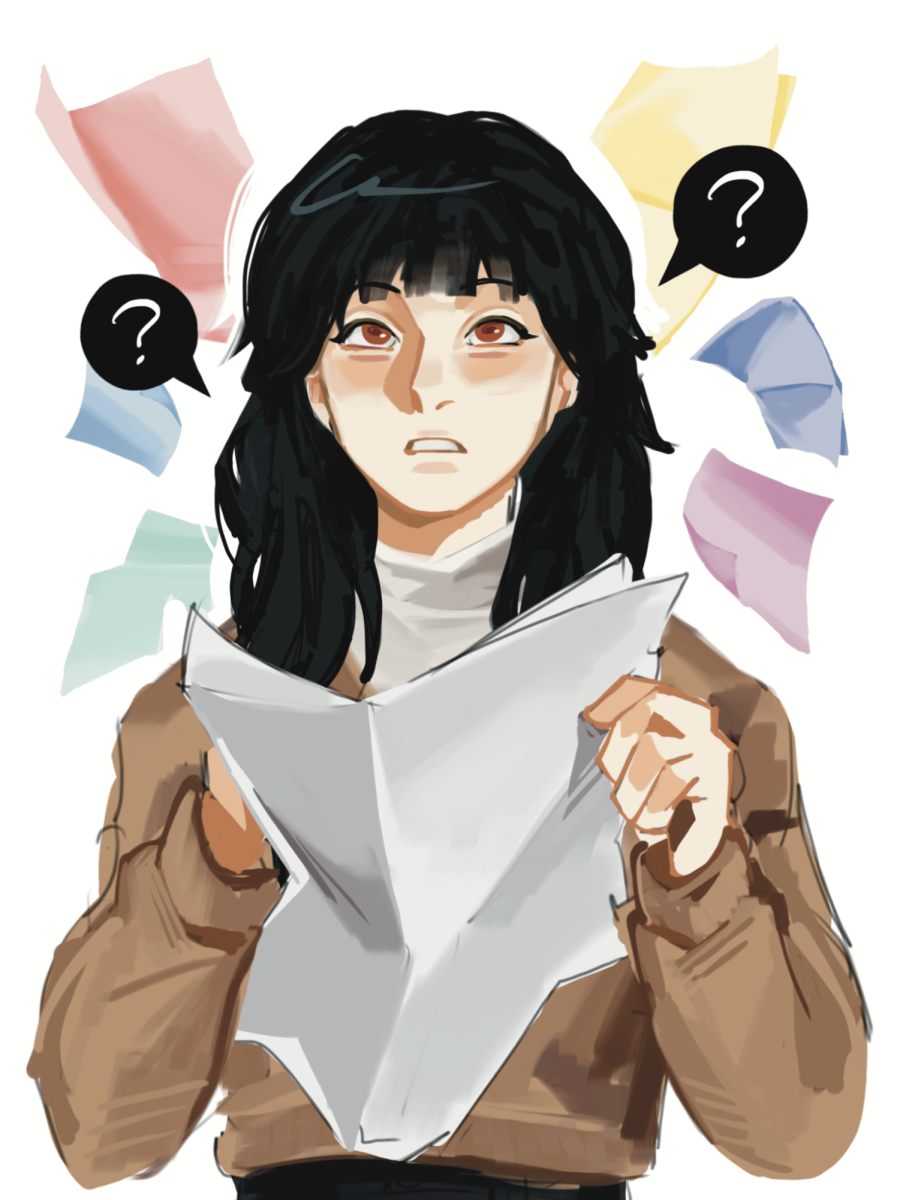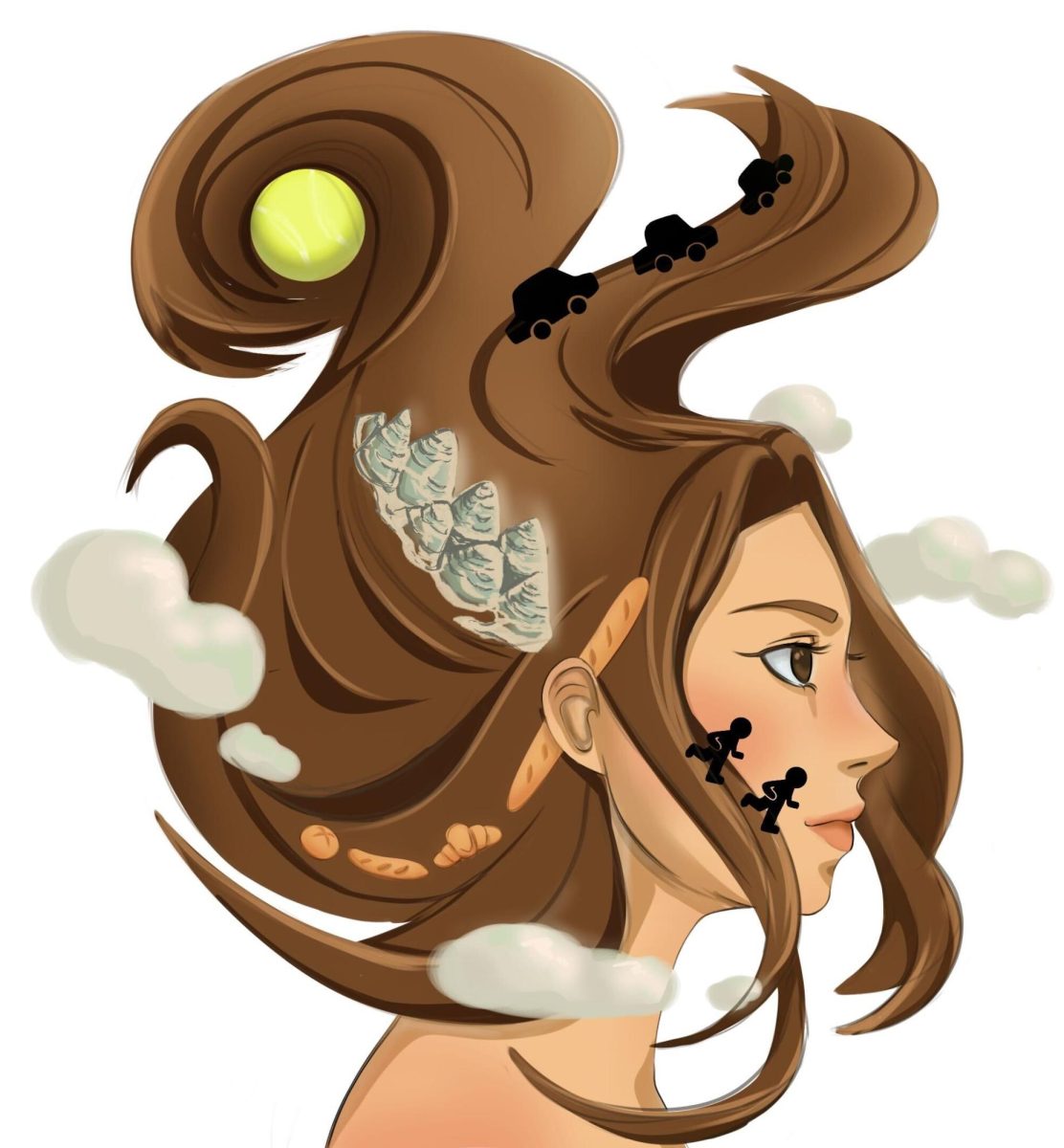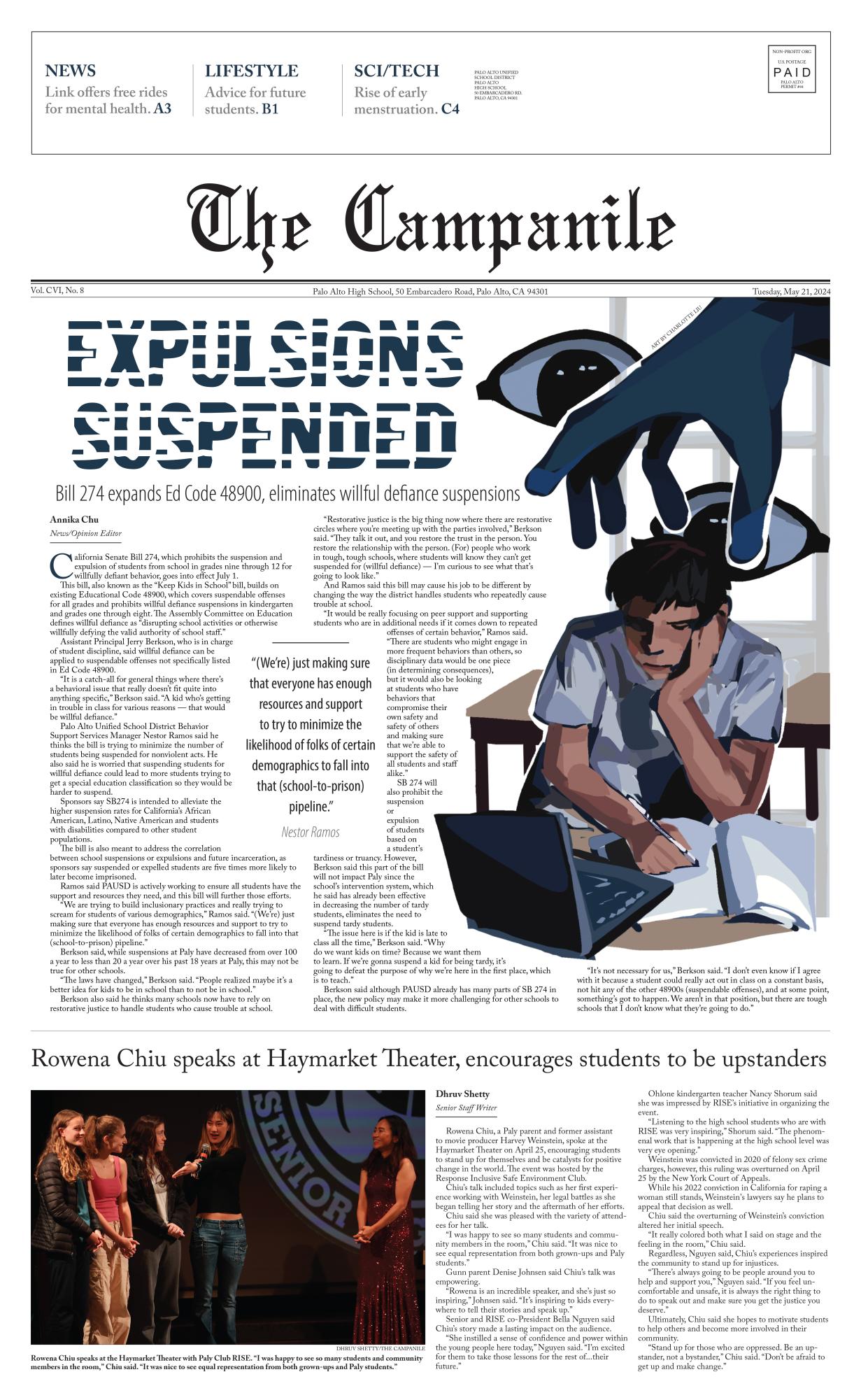Please learn how to write women. And no, that doesn’t mean throwing a demure love interest in a story for your epic hero. Learn how to write compelling, three-dimensional women whose main characteristics are not their physical attributes and whose hopes and dreams are not hopelessly entwined with that of their macho love interest.
Please learn how to write real women.
The first thing to do is to stop typing and reread the passages describing the last woman you wrote. Have you ever met a woman who went for a run with her hair down? A woman who slept in and woke up with a full face of makeup (without smears) or didn’t smell horrible after a harsh workout or near-death experience? Have you ever met a woman? Maybe start by talking to one.
Consider asking a woman to read over your most recent work, specifically providing feedback about female characters. Accept that maybe you need help.
The Bechdel Test – a measure of the representation of women in fiction – is a good place to start. Emphasis on a good place to start.
The test stipulates that to pass the Bechdel Test, a work of fiction must have: 1) At least (an emphasis on at least) two women 2) These characters must talk to each other and 3) This discussion must be about something other than a man (Men are ranked low on the official list of stimulating conversation topics women enjoyTM Sorry to burst any bubbles.)
I would like to add a few additional suggestions for my version of this test, something I like to call The Schwarzbach Test (which is, of course, the bare minimum). Do not start your description of a female character with her physical appearance and referring to her only in conjunction with a male character.
Additionally, male writers, why is there such overt sexualization of women in novels and films? It is immediately apparent when a movie is directed by a man from the amount of emphasis put on a female character’s physical appearance, typically through excessive nudity. Think “Euphoria” or Princess Leia’s skimpy slave get-up in Star Wars. If you’re looking for ways to avoid creating media which caters to the male-gaze, watch more female-directed movies for inspiration, such as “Jennifer’s Body” or “Booksmart” which subvert societal expectations regarding women’s looks and the expectations set around their bodies.
So you might be asking why you should write good female characters? Well, they represent about 51% of the population, aka 51% of your possible customers, and women aren’t just necessary for representation’s sake. Women are interesting. They are complex and given complex plots and proper set up make for wonderful heroes. Case in point, Hermione Granger.
Now I know you might argue that since you are a man, you can only write about the nuances of the male experience, but let’s look at Mary Shelley’s “Frankenstein.” It was assumed by many at the time the novel was published (and even today) that a woman could not have written such a masterpiece centered on male characters, showing that it is possible to write characters of another gender in a way which is authentic and relatable. Women have been doing it for centuries.
This isn’t to say that female authors always write wonderful women or that male authors are inherently unable to write female characters, but the examples of exemplary women written by men are few and far between.
In a 2017 essay, Catherine Weingarten suggested an exercise for playwrights to improve their writing of female characters. Her advice: Think about a woman you know and write down five specific, non-physical, characteristics about her. Then go and write a short story or play about her. A female character doesn’t need to wield a sword or be the chosen one to be well-written. She just requires depth.
Sincerely,
Kyla Schwarzbach (a real woman)
Author’s note: While I know there are genders other than male and female and that nonbinary people also suffer from a severe lack of proper (or any) representation in works of literature and art, this opinion piece focuses on male-identifying writers and how they write about female-identifying characters.









